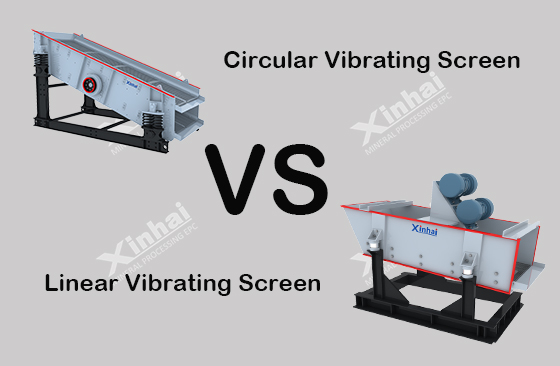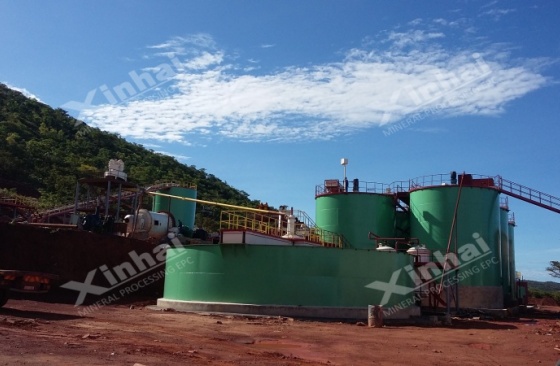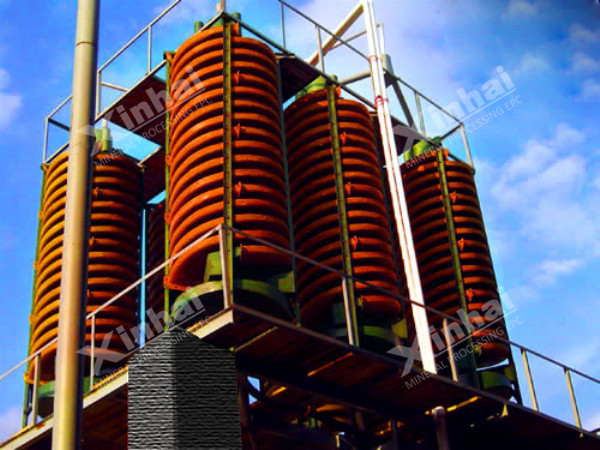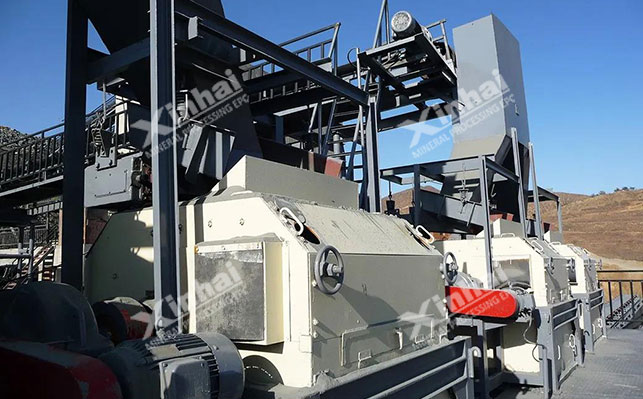
Learn the differences between Circular Vibrating Screen and Linear Vibrating Screen. Discover their working principles, key components, advantages, applications, and how to choose the right vibrating screen for mining, quarrying, and mineral processing.

Struggling with low gold recovery and high costs in alluvial mining? Discover efficient equipment and full-process solutions from Xinhai Mining. Contact us today!
Mining today is no walk in the park. You’ve got tricky ore bodies, lower-grade deposits, and tougher environmental rules pushing operations to their limits. Tailor-made Mineral Processing Solutions step up to the plate. These are custom-crafted setups—think flowsheets, machinery, plant designs, and control systems—built to fit the unique traits of your ore and project goals. They boost recovery, trim waste, and make everything run smoother by tying together design, technology, and operations. Honestly, it’s a breath of fresh air for mines stuck with outdated systems.

Struggling with low gold recovery and high costs in mining? Gold leaching tanks boost efficiency with up to 96% recovery rates, fast 12-hour desorption, and eco-friendly cyanide-free options.Xinhai Mining’s advanced designs cut costs and enhance safety. Explore Xinhaimining + gold leaching tanks today to optimize your operation!

In the field of mineral processing, efficient sorting equipment is the key to realize the optimal use of resources.XH spiral chute, as an advanced gravity separation equipment, with its unique advantages and wide range of application scenarios, provides an efficient solution for mineral gravity separation.

Manganese and iron symbiotic ores are compound minerals with iron and manganese oxides as the main body, with homogeneous features and fine-grained embedded characteristics, which are difficult to be effectively separated by traditional beneficiation process. This paper will systematically analyze the six major separation technologies and their synergistic application strategies.